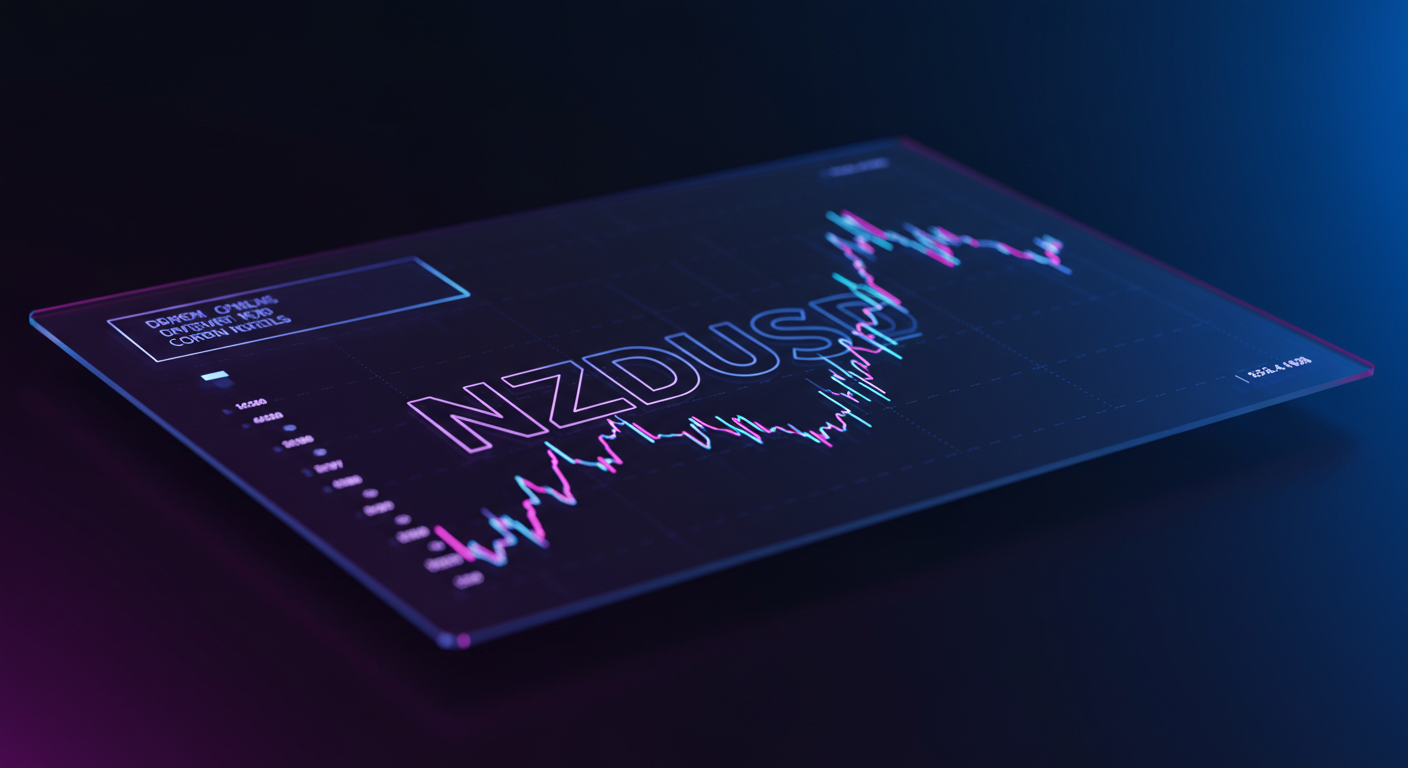
New Zealand’s ANZ commodity price index saw an increase to 0% in April, an improvement from the previous month’s -0.4%. This change indicates a stabilisation in the commodity prices after a period of decline.
The EUR/USD currency pair remains in a confined range around 1.1300, with traders awaiting the FOMC meeting, though the technical setup suggests caution. GBP/USD hovers around 1.3300 with neutral short-term momentum indicated by the nine-day EMA.
Gold And Cryptocurrency Market Dynamics
Gold is on a recovery path, extending gains for the second day as it aims to regain the $3,400 level, driven by a weaker US Dollar and geopolitical tensions. In the cryptocurrency space, Bitcoin holds above $94,000, while AI tokens like Bittensor, Akash Network, and Saros remain stable amid market consolidation.
Tariff rates may have plateaued, yet policy unpredictability remains, which could pose risks despite temporary ease in headline rates. As markets continue to navigate these conditions, traders are advised to exercise prudence in their strategic decisions.
What we’ve seen in the latest ANZ commodity index is undeniably a turning point from the downward trends that had been weighing on sentiment through late Q1. While April’s return to 0% might not scream recovery, it does show that the worst of the dip could be behind. It also hints that base commodity prices found some footing, at least temporarily. For those of us interpreting input costs and hedging strategies, this shift is more than cosmetic — it encourages a re-evaluation of any bearish positioning that had been based on extended softness. Watch industrial inputs in particular; metals like aluminium and copper may begin to reflect demand-side resilience rather than short-term oversupply.
The tight range on EUR/USD, circling around the 1.1300 area, says a lot without doing much. With the broader market essentially in a holding pattern ahead of the FOMC, it’s not surprising that liquidity is thinning at the extremes. Interestingly, the absence of a breakout so far casts some doubt on how committed either side truly is. We’re watching the implied volatility curve here — ‘event risk’ is priced in, but real movement has run dry. With Lagarde’s policy direction becoming less murky and Powell’s outlook not yet fully priced, this is the sort of setup that tends to catch shorter-dated options traders leaning the wrong way.
Market Responses And Strategic Opportunities
Meanwhile, the pound continues to track sideways with the nine-day EMA highlighting indecision. A lot of this comes down to macro data offering mixed signals. It’s not just about rate differentials anymore; ongoing wage pressure in the UK and tepid growth projections are pulling in opposite directions. For strategies around GBP/USD, this neutral bias might frustrate high-beta plays, but there is space for tight-range scalping if one is tuned into intraday levels and prepared for quick reversals.
Gold’s recent movement is perhaps the most telling shift in sentiment this week. After a mild dip earlier this quarter, bullion has started climbing again, now edging back towards the familiar $3,400 zone. The tailwind from a softer dollar, coupled with the usual safe-haven flows triggered by political volatility in multiple regions, has given buyers something of a renewed argument. The recovery, coming across two consecutive sessions, reveals not just speculative interest but also some deeper institutional accumulation. For those of us pricing out hedge scenarios and inflation-linked narratives, bullion is no longer on the defensive.
Cryptocurrencies have held a surprising degree of calm. Bitcoin floating well above $94,000 may feel surreal to those still mentally anchored to last cycle’s highs, yet here we are, with volatility tapering in a way that supports risk-adjusted exposure decisions. Particularly in the altcoin segment, activity has been subdued. AI-adjacent tokens like Bittensor and Akash Network have essentially flattened out, which tells us that the over-extension from earlier enthusiasm might now be fully wrung out. Markets are digesting, not rejecting. This base is where selective rotation sometimes begins, though we’re watching liquidity drifts carefully.
Concerning trade policy shifts, while current tariff rates appear to have found a plateau, the forward view remains unsettled. The lack of immediate adjustments has allowed spreads to stabilise on paper, but sentiment is still tethered to the next unexpected announcement. For those in futures pricing or volatility-linked derivatives, it becomes a case of managing around headline risk rather than relying on the rate path itself for clear direction. There’s a fatigue in the underlying assumptions, and we sense that markets are behaving as though the unexpected remains a possibility, even if not currently reflected in price.
In the coming sessions, tactical patience may reward more than directional aggression. Several of the major asset classes seem to be in transition, but not fully committed to change. Short-dated options strategies may benefit from enhanced gamma, particularly if market makers remain reluctant to quote wider spreads given headline uncertainty. Risk should be measured with duration in mind, especially if attempting to lean into these compressed ranges we’ve been observing.







